Close Keys, available for booking this winter. Duo or four piece band. www.youtube.com/shorts/Y8LDQ...#latinmusic#gypsyjazz#guitarduo#guitars#acousticguitar#spanishguitar
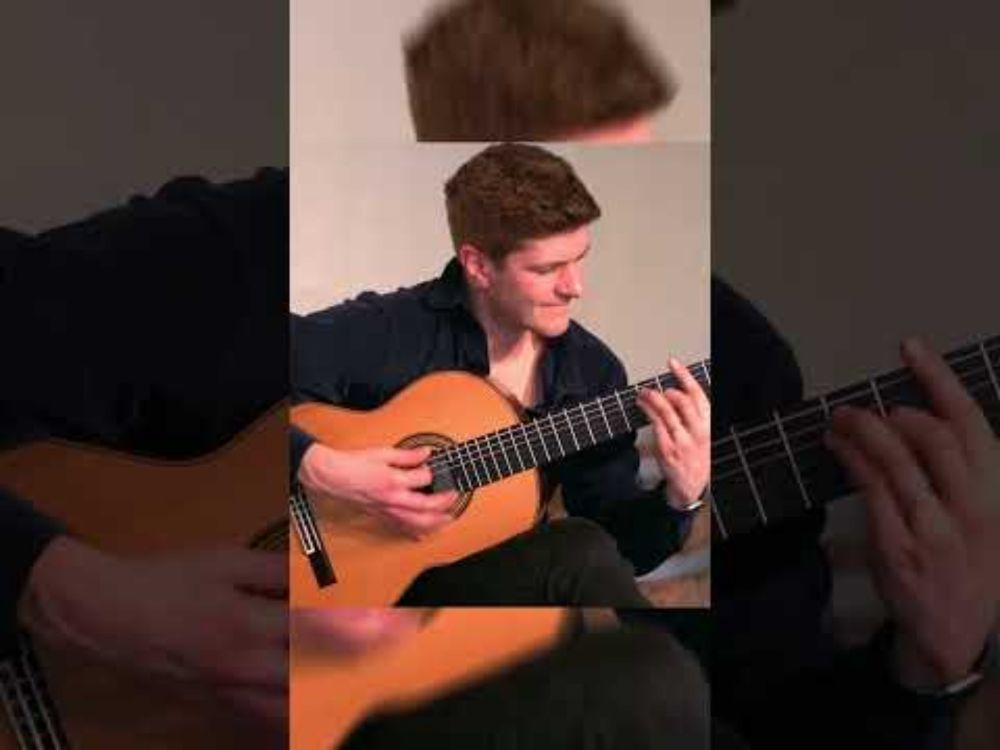
YouTube video by Close Keys
♬〜 Paco Angel - Love Chord 💿Dark - EP #FlamencoJazz#Flamenco#FlamencoNuevo#ModernClassical#SpanishGuitar#NowPlaying

Ooh! Rita Payés is about to release a new album, I just know it! Rita Payés - "El Cervatillo" (May 10, 2024) www.youtube.com/watch?v=SMk6...#Music#Jazz#FusionLatin#SpanishCatalunian#Trombone#SpanishGuitar
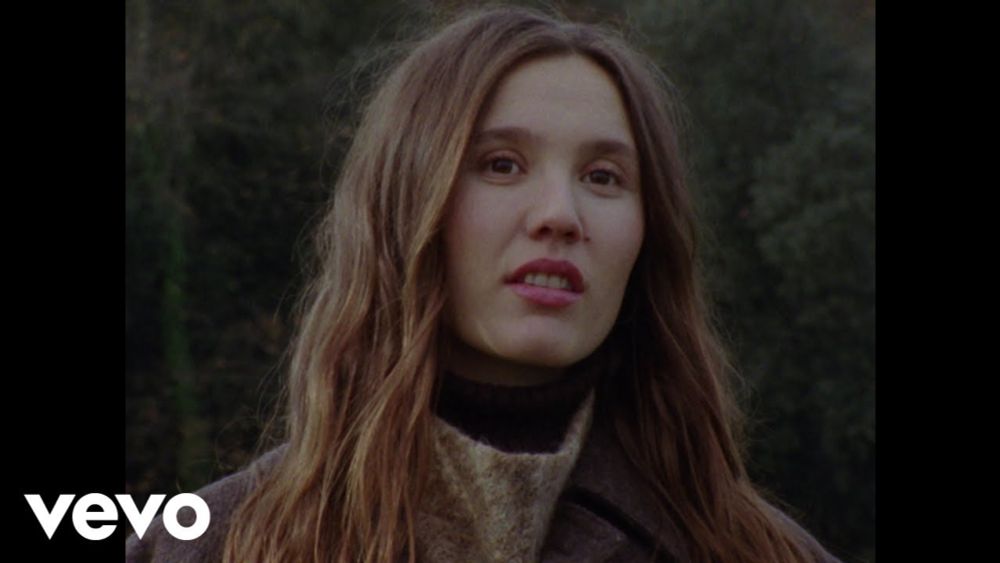
EL CERVATILLOCon:@elisabethroma@horaciofumero@onthejuan@pol.battlePRODUCIDO POR @plazabylittleDirectora: @sofiaboriosi1st AD: @juliagrcia_Productor: @jonatha...
Fandango by Santiago de Murcia. Performed by Rolf Lislevand & Ensemble Kapsberger Baroque Week #music#rhythmnotalgorithm#song#baroque#spain#spanish#spanishguitar#guitar
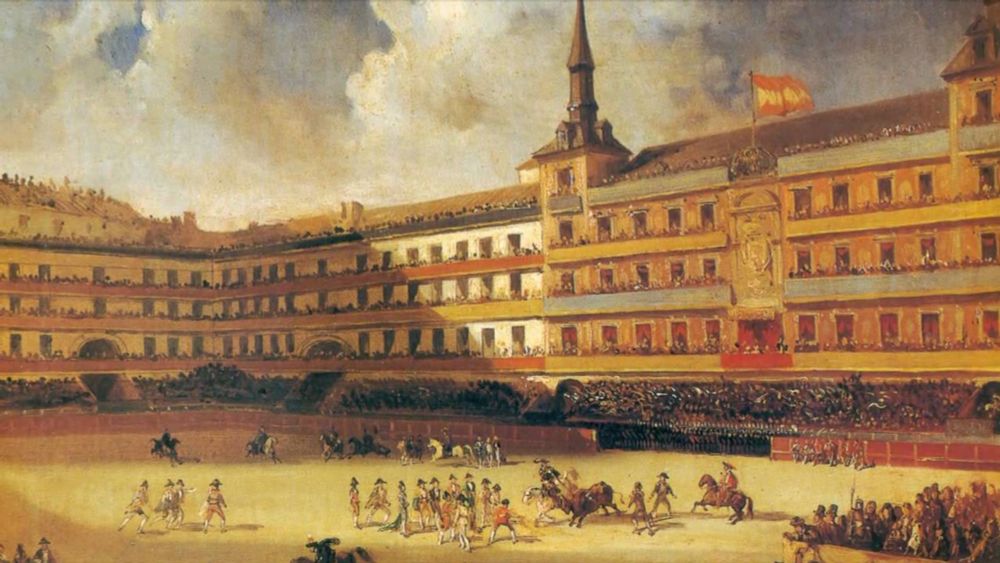
Santiago de Murcia (1673 - 1739) Codex Zaldivar No.4 Mexico c.1730 Spanish composer Santiago de Murcia is considered the last great exponent of the Spanish five-course Baroque guitar, a transitory instrument between the lowly Renaissance guitar and the modern Classical guitar. De Murcia privately published a major collection and treatise on guitar playing in Madrid in 1714 entitled Resumen de Acompanar, and his work is known from three manuscript collections, among them Passacalles y Obras, located in the British Museum since 1880, and Codex Saldivar No. 4, named after Gabriel Saldivar, who discovered the manuscript in Mexico in 1943. Codex Saldivar No. 4 was not related to de Murcia until the 1980s, and at one time it was common to open biographies of de Murcia with the line "very little is known about him." Nevertheless, through new works discovered and the diligent research of musicologists Monica Hall and Craig Russell a coherent historic profile has begun to emerge of de Murcia since the author of Saldivar No. 4 was finally determined, albeit a still highly conjectural one. Santiago de Murcia was born into a family of musicians who served at the Royal court of Spain in Madrid; his father Gabriel de Murcia and older brother Antonio both worked as instrument makers to the Spanish king. Santiago de Murcia's first professional engagement was as guitar instructor to Doña Maria Luisa Gabriela, Queen of Savoy, the wife of Philip V, the first Bourbon king of Spain. She died in February 1714, not long before Resumen de Acompanar was published, and by that time de Murcia was working for Jacome Francisco Andriani, an Italian knight who was the Extraordinary Envoi for the Catholic Canons in Switzerland. About 1720, Joseph Albarez de Saavedra, one-time notary to King Philip and dedicatee of Passacalles y Obras, resettled in Mexico, and it is thought in some quarters that de Murcia may have joined his retinue; however, this is the most hotly debated aspect of de Murcia's biography. All of the manuscript folios attributable to de Murcia have been located in Latin America; in September 2006 a third manuscript volume of de Murcia dating from 1722, Cifras de selectas de Guitarra, was discovered in Chile. Passacalles y Boras is dated 1732 and Codex Saldivar No. 4 is believed to have been its companion; as the last 20 pages of the latter folio are blank, it appears that these were not filled in owing to the death of the composer; otherwise, de Murcia's death date remains unknown. Performers: Ensemble Kapsberger (Rolf Lislevand)
♬〜 Ottmar Liebert - Barcelona Nights 💿Guitar Greats - The Best of New Flamenco #Folk #Flamenco #Guitar #SpanishGuitar #Acoustic #NowPlaying

【MV公開】 「砂の海」Official Music Video youtu.be/rROfrH7TRNAscholl-7hikari.bandcamp.com/track/sea-of...#spanishguitar#percussion#MusicVideo
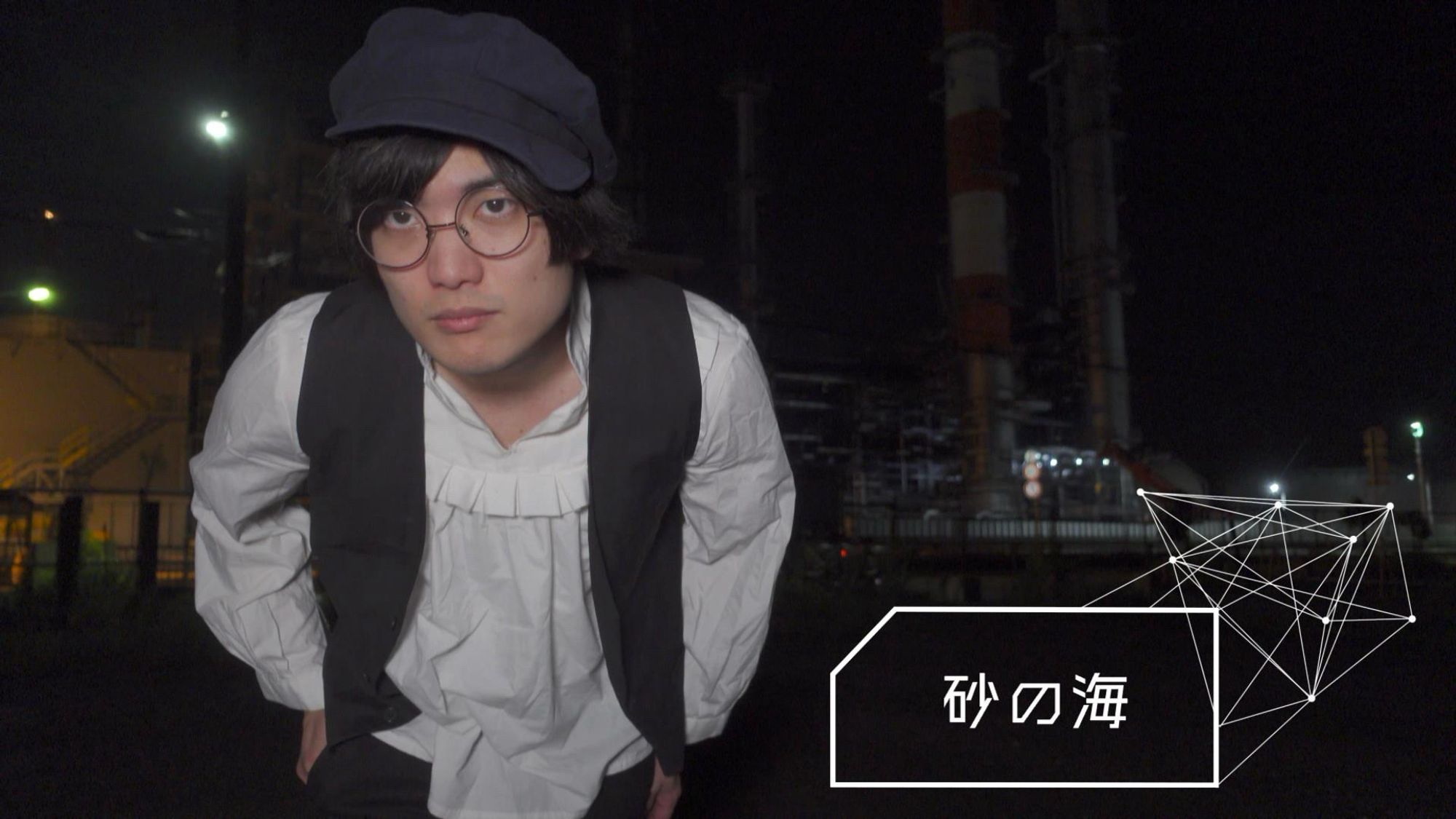
【MV公開】 ショルヘーノ/Scholl「海へ」Official Music Video youtu.be/StfCGy4IYg4scholl-7hikari.bandcamp.com/track/to-the...#spanishguitar#percussion#MusicVideo
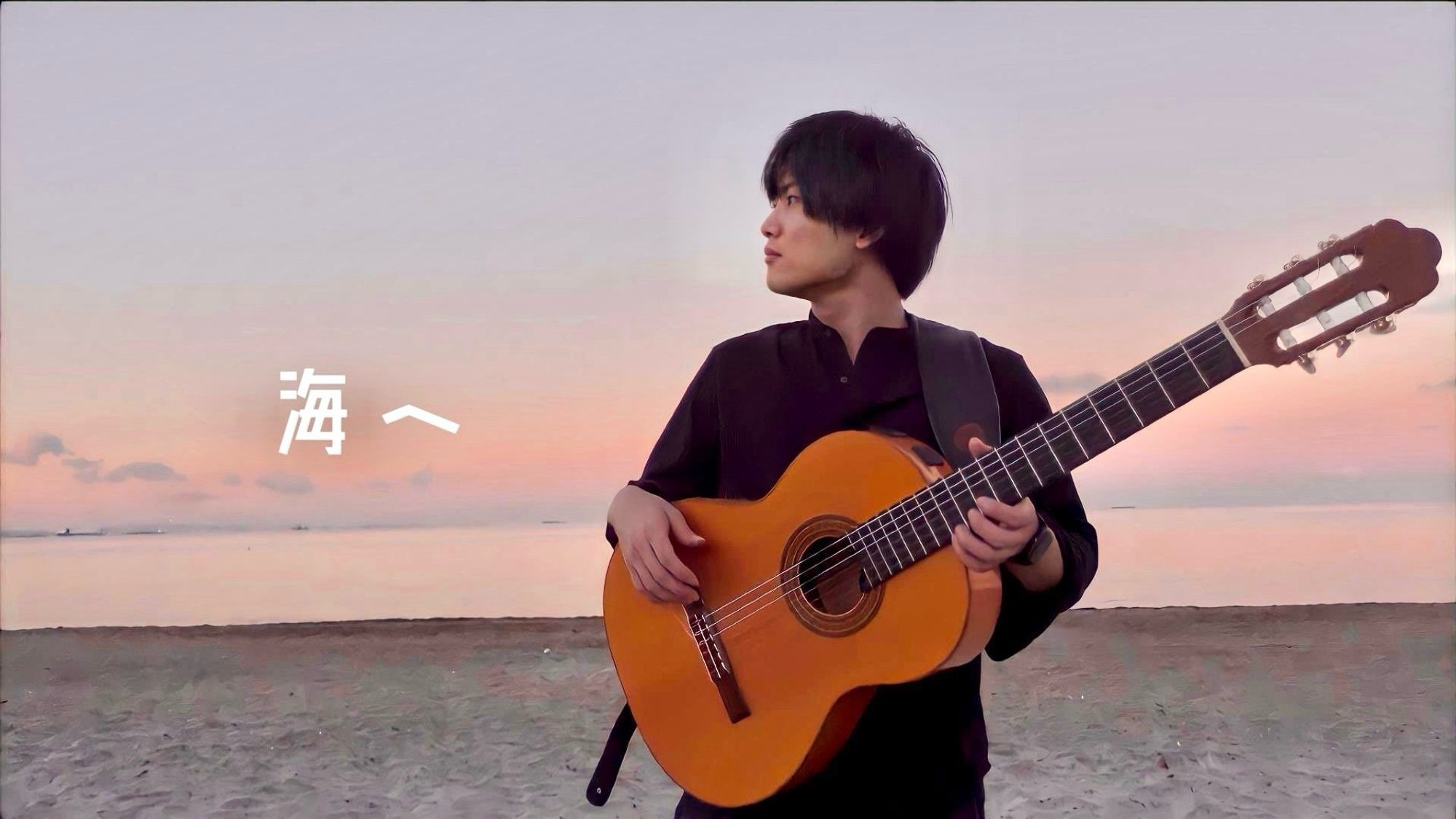
Ryuichi Sakamoto / 坂本龍一 - Merry Christmas Mr Lawrence / 戦場のメリークリスマス [Piano Cover] youtu.be/17cGkLmkF7I#Guitar#guitarsolo#sologuitar#classicalguitar#spanishguitar#Tokyo#Japan#ClassicalGuitar#fingerstyleguitar#Christmas#guitar
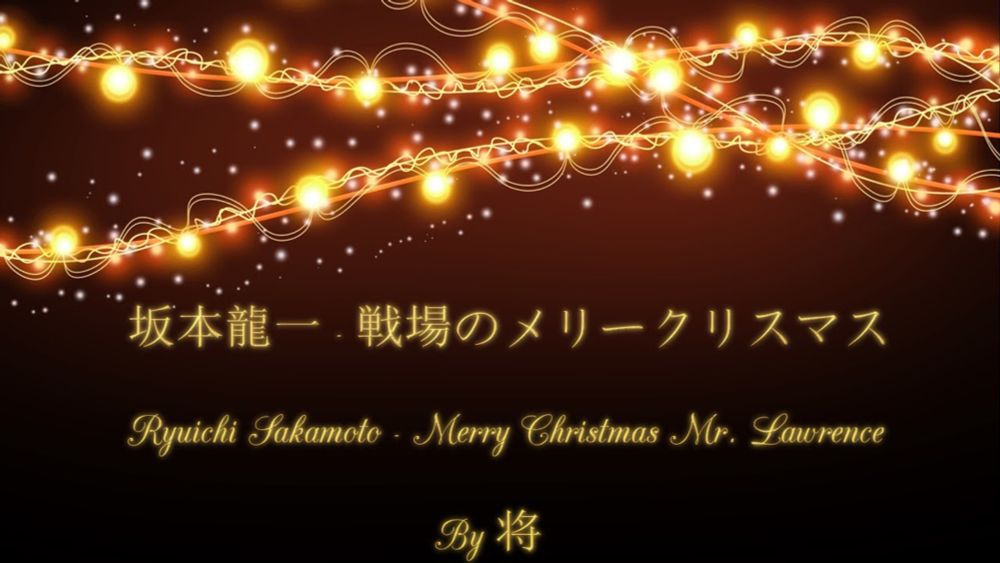
My new cover ●━┄┄┄┄┄┄┄┄┄┄┄┄┄┄┄● ⇆ 00 :00ㅤㅤ |▷ ◁ㅤㅤ❚❚ㅤㅤ▷ㅤㅤㅤ↻follow me ▶ https://pixelfed.social/a9_shouDONATION ...